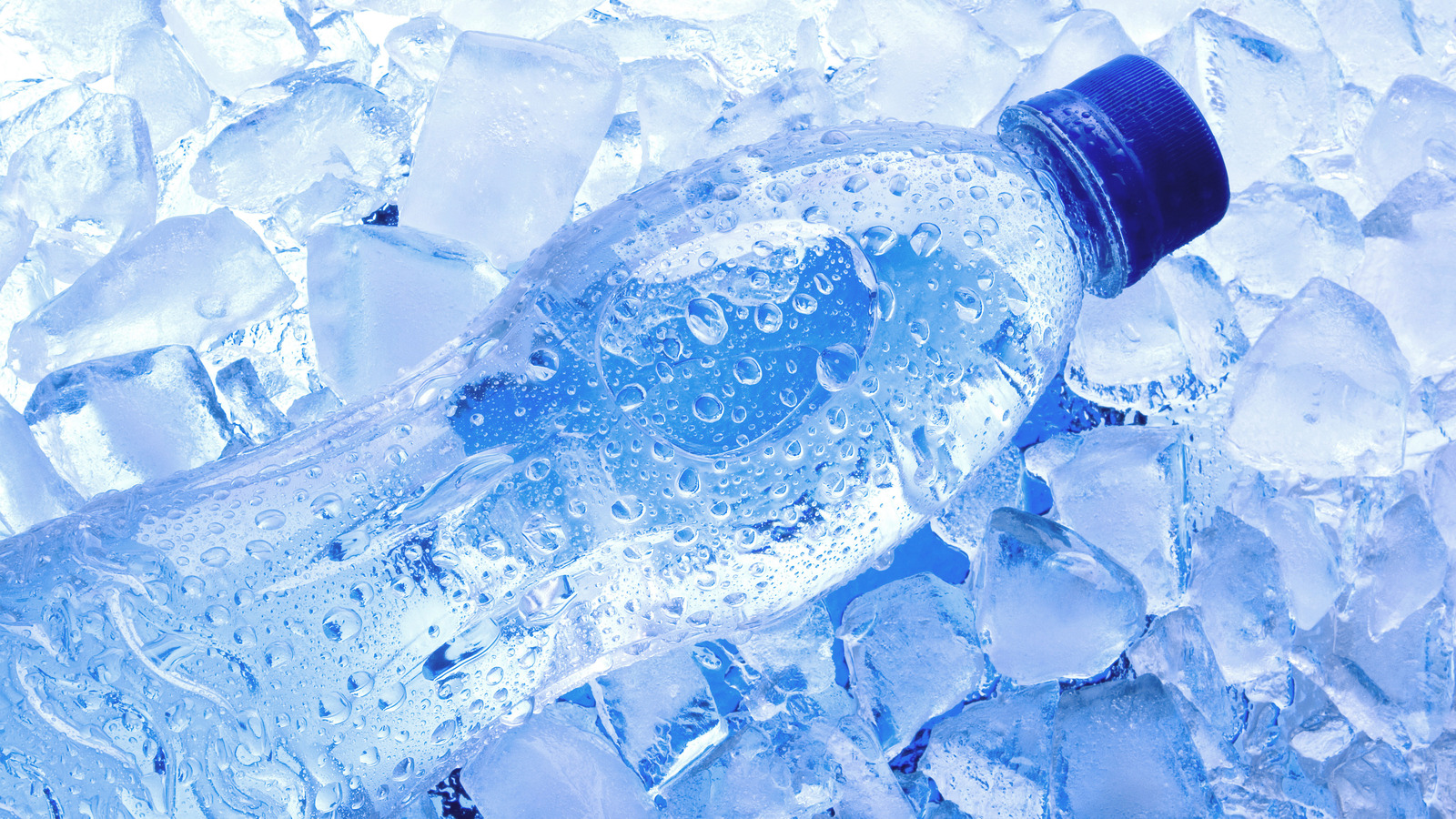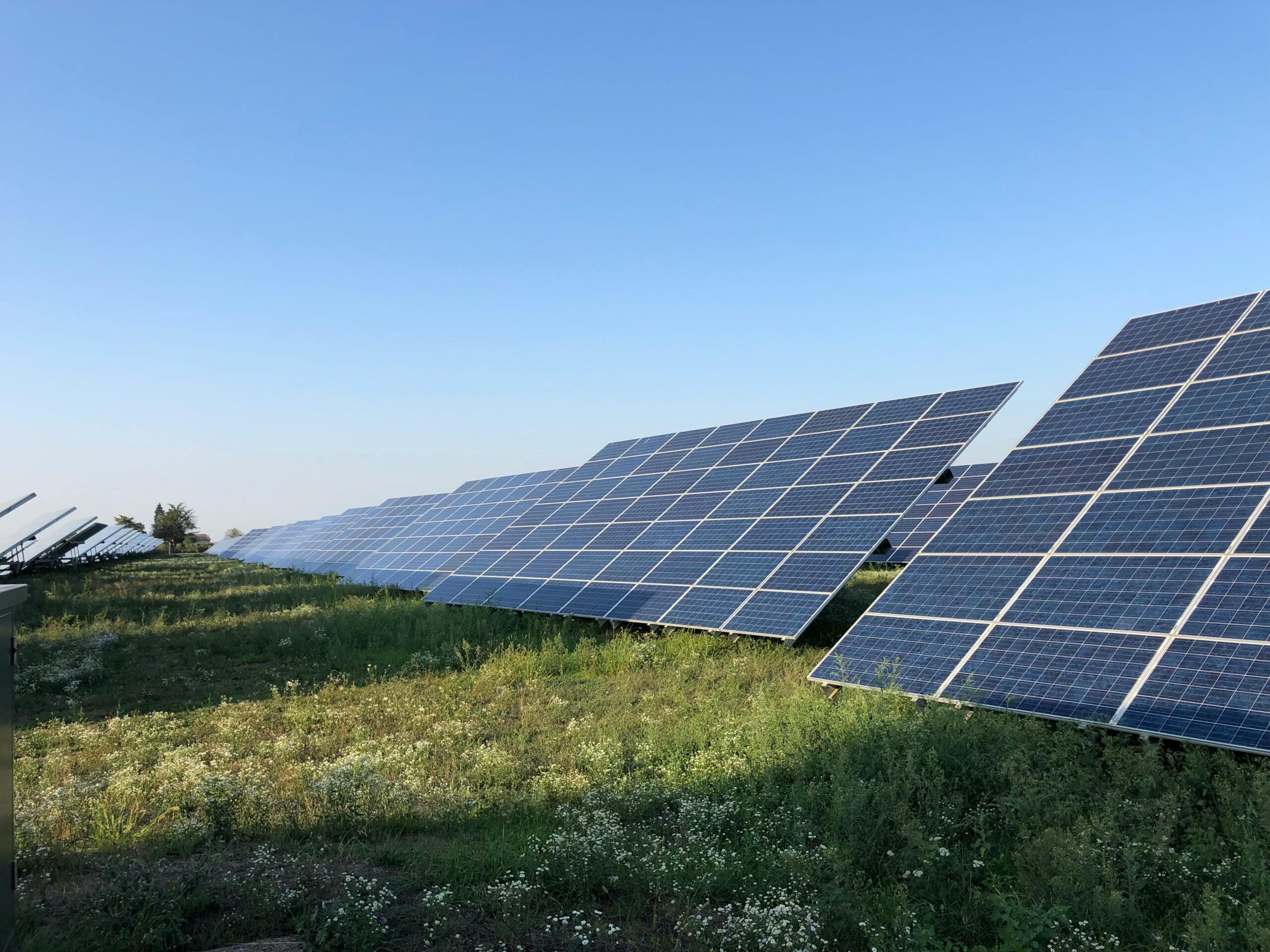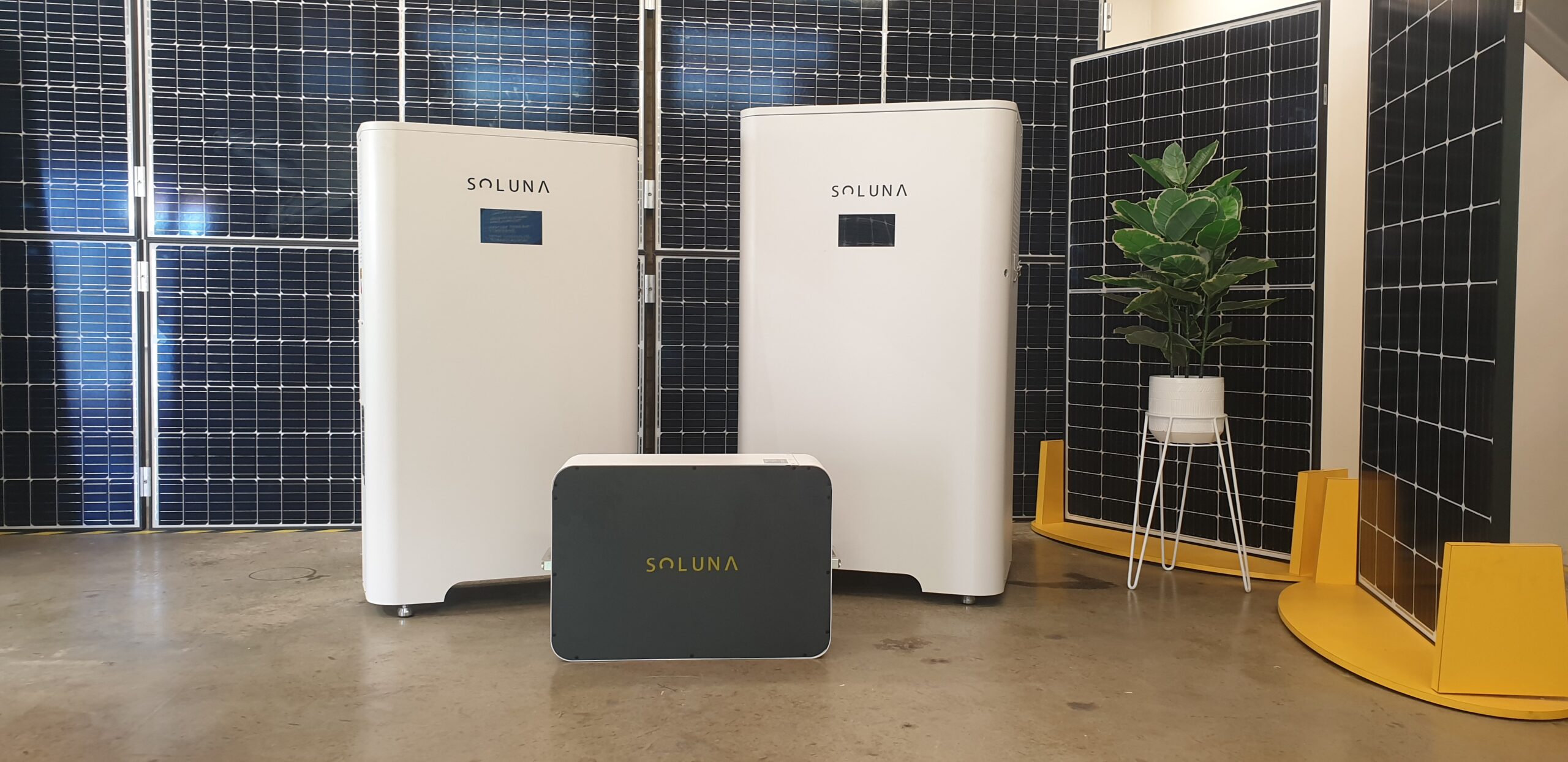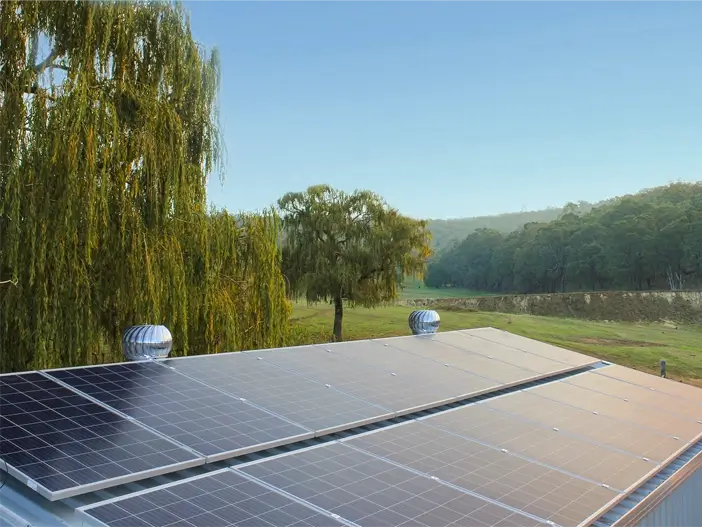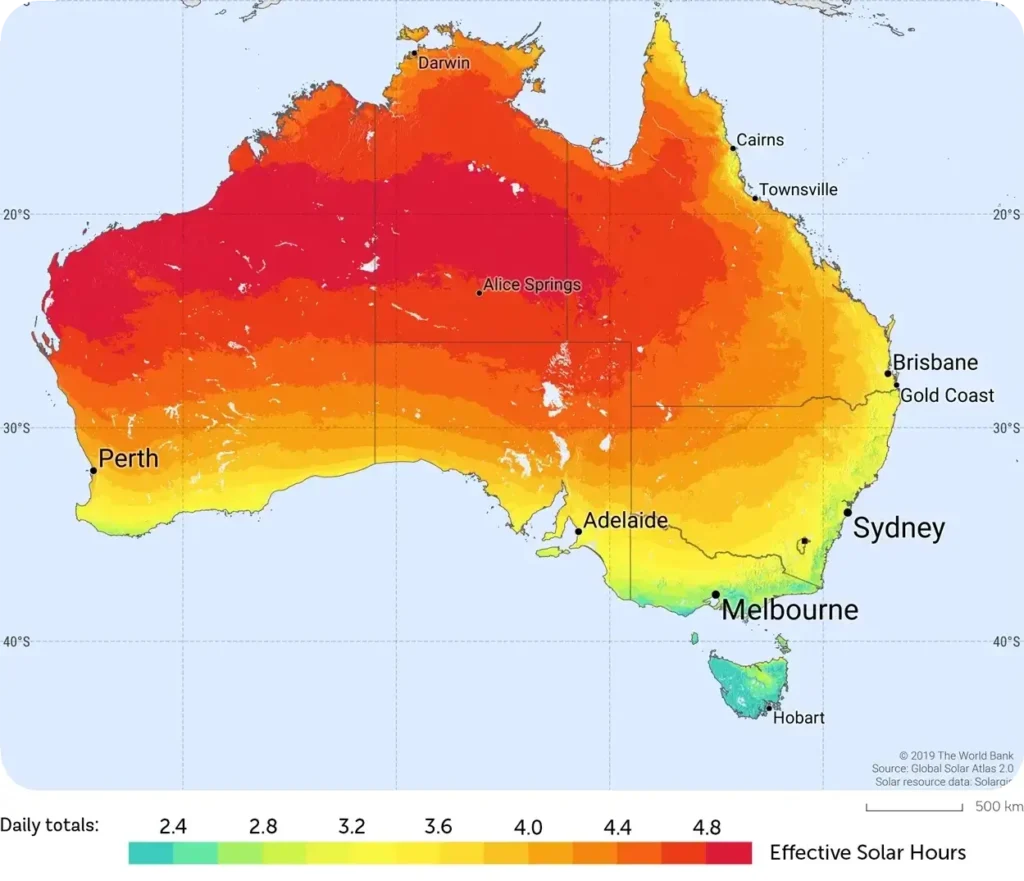An analysis by researchers at the Australian National University (ANU) found that Australia has the capacity to store up to 1,000 times more renewable energy than it could ever need.
An engineering professor at ANU Andrew Blakers carried out a study looking into pumped hydro sites and has concluded that there are at least 22,000 suitable locations nationwide.
Pumped hydro works by pumping water uphill between two connected reservoirs when power is plentiful, and dispatching power to the grid when demand is high or when wind and solar do not work.
“No matter where you are in Australia, you will find a good pumped hydro site not very far away from where you, or your wind or your solar farm is located,” he said. “We only need to build about one or two dozen to support a 100 per cent-renewable electricity grid.”
The professor also said that if storage was built at just a tiny fraction of those places, Australia could transition to 100 percent renewable power within two decades.
ANU engineering research fellow Matthew Stocks said a typical pumped hydro facility could deliver maximum power for between five hours and one full day.
It can go from zero to full power in about one minute,” Dr. Stocks said. The power could be quickly dispatched to the grid when needed. ”
Professor Blakers also said that an investment in renewable sources of energy like wind and solar power increases in Australia, the need for pumped hydro storage would grow.
“We have so little solar and wind in the system at the moment that we don’t need the storage,” he said.
“Maybe now South Australia, at 50 percent wind and solar PV, is just getting to the stage where it does need either strong interconnection or a pumped hydro or both.
“But the other states will catch up and will be at the 50 percent level by the early 2020s I think, so they also need to start planning with pumped hydro now.”
The technology behind pumped hydro is not new — a facility was opened in the 1970s at the Tumut 3 Power Station at Talbingo in New South Wales.
Pumped hydro is also widespread in Europe, especially in the alpine parts of Italy, Germany, and France, and in Scandinavian countries like Norway. It is also widely used in Japan and the United States.
The report by Professor Blakers, Dr. Stocks, and their colleagues looked closely at tens of thousands of sites Australia-wide.
They found an estimate of a potential build of 29,000-gigawatt hours’ worth of storage capacity across 8,600 sites, the greatest density of pumped hydro storage sites were found in New South Wales.
They estimated 4,400 potentially suitable sites capable of storing 11,000-gigawatt hours’ capacity in Victoria, while Tasmania could theoretically support 2,050 sites, adding 6,000-gigawatt hours’ of storage.
Professor Blakers said that Australia could run on renewables alone if pumped hydro storage facilities were built at just a handful of sites spread out nationwide.
“Not just the whole job for electricity, but the whole job for energy — electrify land transport, electrify heating and cooling and you could make 75 percent cuts in Australia’s greenhouse gas emissions.
“And I think this is going to happen over the next 15 or 20 years.”




